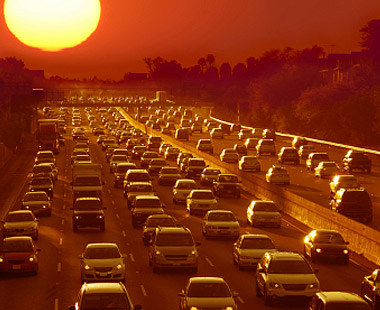BREAKING NEWS: The summer was hot.
The National Oceanic and Atmospheric Administration released its monthly “State of the Climate” assessment this morning. Think of it as the medical chart at the foot of the country’s bed as it withers from its fever. Here’s how the summer shaped up.
The warmer than average August, in combination with the hottest July and a warmer than average June, contributed to the third hottest summer on record for the contiguous United States. The summer season’s nationally-averaged temperature was 74.4°F, 2.3°F above the 20th century average. Only the summers of 2011 (74.5°F) and 1936 (74.6°F) had higher temperatures for the Lower 48.
Some good news: The month of August itself was only the 16th warmest on record, meaning that climate change isn’t real and we should all dump some burning oil into nearby rivers in celebration.
The summer on the whole, as indicated above, was hotter and drier than most. It was the 18th driest summer in the continental United States — primarily because it was wetter than average on the coasts.
So far, 2012 has been the hottest year on record, with an average temperature for the first eight months of 58.66 degrees. This is about a degree warmer than the second-highest stretch in 2006.
And once again, the past 12 months have been the hottest 12 months ever in the contiguous U.S. So was the prior 12-month stretch, and the one before that.
It’s possible, then, that climate change is happening after all. Go ahead and dump some burning oil into a nearby river in celebration.







